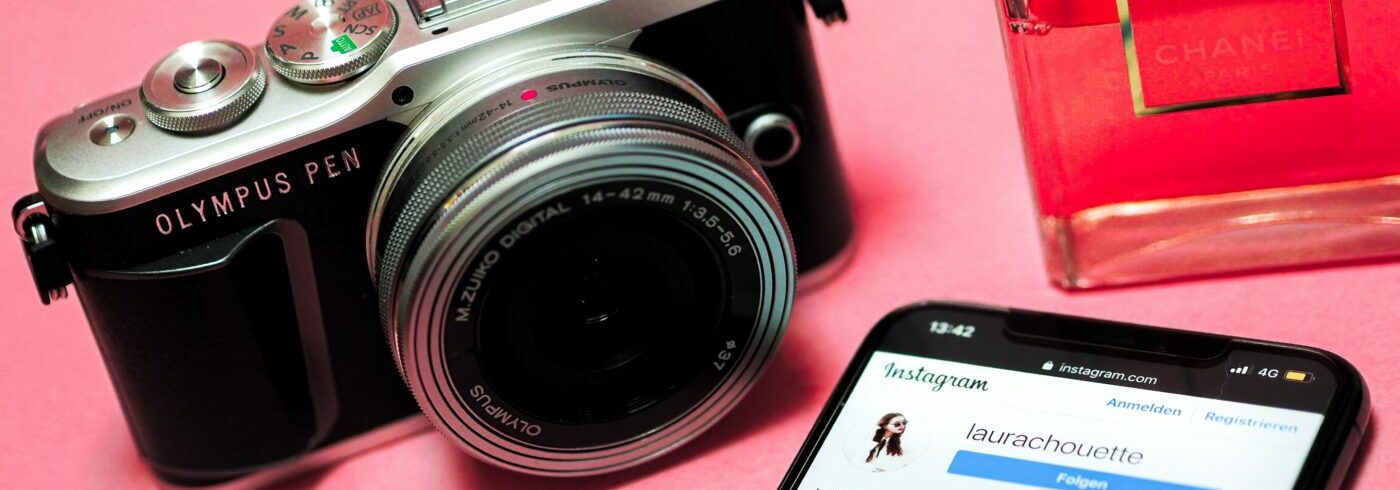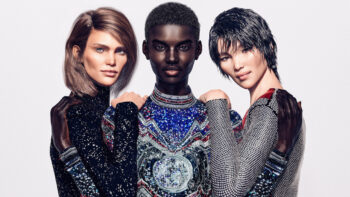
The Future of Influencer Marketing | Key Predictions
Article Highlights
- "I don't Google anymore – I TikTok"
- The rise of live video shopping
- Nano-influencers: what's new for 2023?
- The metaverse will continue to grow as part of the creator experience
- Influencer subscriptions are on the rise
Be the first to access new posts and exclusive content
2022 isn’t quite over – but at Voxburner, we’re already looking ahead into what the next year holds for the ever-evolving world of influencer marketing. If you weren’t already aware, influencer marketing has become one of the most prevalent marketing strategies for brands looking to widen their reach, drive brand awareness and increase their conversions. Partnering with an influencer to achieve this is a no-brainer for many brands. Contrary to the glossy partnerships that previously characterised brand marketing, influencers aren’t always celebrities and vice versa. In fact, influencers can be anyone. What makes them ‘influential’ is their authority on a given subject – an influencer could be anything from a well-read birdwatcher to a fashion photographer or comedic creator – there’s a niche for quite literally everything. The strength of a creator to its community is everything, and not predetermined by audience size, especially with the emergence of TikTok and its algorithm For You Page (FYP) functionality.
In this blog, we’ll discuss five overarching trends and predictions for influencer marketing in 2023, looking at the rise of TikTok live, the metaverse and the ascent of nano-influencers.
“I don’t Google anymore – I TikTok”
These five innocuous words tweeted by user Claude Lukyamuzi sparked something of a watershed moment in June of 2022. With over 5,000 responses (some praising Lukyamuzi’s statement and others deeming his opinion ‘the downfall of society’), his opinion appeared to be a polarising yet factual account of user behaviour in the modern era. For Gen Z demographics, Lukyamuzi’s statement was correct: TikTok is now the top search engine for Gen Z users. In 2023, influencer marketing will continue to capitalise on this to generate transactional behaviour. TikTok is arguably the most powerful platform to get in front of Gen Z users, so shaping your content around common search queries is a great way to maximise profit from affiliate links and promotions.
The rise of live video shopping
The concept of live shopping is far from new. In fact, it’s a tried and tested format that dates back to the 1980s home-shopping channel QVC (which is still going!). However, the digital world has seen this sphere re-imagined for the next generation of consumers. Gen Z are social natives, so it should come as no surprise that apps such as TikTok and Instagram have been pioneering the live video shopping space. TikTok specifically has attempted to emulate the reach that live ecommerce has in regions like China through the introduction of its ‘Live Shopping’ feature. This feature sees livestreams populating the ‘For You’ feeds of users, showcasing a range of product categories and offering the chance to seamlessly add to ones’ basket directly from the stream.
In 2023, influencers will play a valuable role in increasing the success of these feature roll-outs. This is for a number of reasons. Firstly, influencers are already skilled storytellers and content creators – they don’t need to be trained to sell, because their job (already) is quite literally to influence. Secondly, influencers already have entire audiences that trust and value their opinions. For brands with limited awareness around their products, influencers are a great way to on-board new audiences. Gen Z might be a younger generation of consumers, but they’re not naive. In fact, they’re far likelier to purchase a product if it’s been recommended by someone they trust rather than through a faceless, sales-y pitch.
Using an influencer that already has a dedicated community will therefore help to grow that much needed trust around your product. Moreover, integrating this with a livestream allows audiences to interact with an influencer in a way they wouldn’t through an advert alone. One of the challenges for TikTok creators moving to livestreams is that they will quickly need to evolve their content (typically short-form videos), and learn how to engage their audience for longer periods of time – without the safety of editing! We expect a smaller cohort of creators who can deliver this successfully; but, with that increased demand, they will be able to charge accordingly.
Nano-influencers: what’s new for 2023?
Today, it’s commonly assumed that a large following count equals a higher exertion of influence – however, this is a misconception to be left behind in 2022. Many leading brands have begun to collaborate with nano-influencers to promote their products. Nano-influencers are Instagram users who house between 1,000 and 10,000 followers – they aren’t professional, full-time influencers and the majority of their posts show typical content like photos of family and friends. Nano-influencers have become an affordable, efficient and authentic alternative for brands to utilise because they have a strong connection with their followers. By operating on a smaller scale, they establish an intimate relationship with their followers through replying to their comments and engaging with audiences via stories – and as a result their engagement rate is twice as high as other groups of influencers.
Engagement has a significant impact, as the higher the engagement rate the more likely Instagram users are to see a sponsored post. Furthermore, brands can use nano-influencers to reach different audiences and segments – nano-influencers often make their content niche and category specific. Secondly, they’re a far more cost effective option than using macro-influencers, often happy to take payment in the form of goods. In fact, according to a study by SocialPubli, 56% of nano-influencers would rather have branded products than monetary compensation.
Nano influencers’ rights to content are typically a lot easier and cheaper to negotiate than macro talent, meaning brands can test content’s performance (optimised with paid media) – at a much lower cost. As we go into 2023, we expect to see nano-influencers growing faster than other groups of creators.
The metaverse will continue to grow as part of the creator experience
Mark Zuckerberg’s metaverse was a hot topic on the mind of every marketer in 2022. The reality of its efflux, however, was a little underwhelming. Founder Mark Zuckerberg warned investors recently that the transition to the virtual world could take years, or even generations. For influencer marketing, it’s likely that Zuckerberg’s metaverse will remain inaccessible for many creators, with a full ecosystem needing to be crafted for influencers to actually leverage their content in this capacity. In the meantime, we expect to see virtual influencers becoming a new form of digital presence for brands. Brands such as Calvin Klein, Balmain and Samsung have already begun to experiment in this space, with Prada recently debuting its own digital ambassador for the release of their Spring/Summer collection. These virtual muses are nothing new for Gen Z, who largely make up the following for the computer generated influencer Lil Miquela.
Influencer subscriptions are on the rise
According to Forbes, social platforms are beginning to experiment with paid subscriptions services. Subscription-based content offers creators the chance to connect directly with their audiences, offering exclusive access into their day-to-day and a more personal relationship with their subscribers. It’s predicted that in 2023, we’ll see a rise in influencers utilising subscription services. This is for a few reasons. Firstly, subscriptions give creators better control over their content and workload. Secondly, they’re able to price their platform how they want to, again giving them further control over compensation; and thirdly, they’re able to make their communities even more tight-knit. This is definitely a trend to watch out for in 2023.
Student Beans’ Head of Influencer Marketing, Ruby Soave writes:
“2023 is set to be another exciting year for the influencer marketing industry. Regardless of platform, the community and content will always reign supreme – we look forward to working with the future trends Gen Z will create (and force brands to adopt)…After a year of Coastal Grandmother, Normcore, Barbiecore, E-Girl and Baddies, what will be the next looks to dominate our feeds? Romcom Core, Sci-fi fits and Rave culture are already firmly on the agenda according to Pinterest Predicts and our creator base. So many more ‘Aesthetics’ are yet to be born: we can’t wait to bring them to life for brands, with our Gen Z creators leading the hyper-relevant way.”
Want more like this? Subscribe to our Weekly Briefing and have the latest insights, research and Gen Z trends delivered to your inbox every week.



